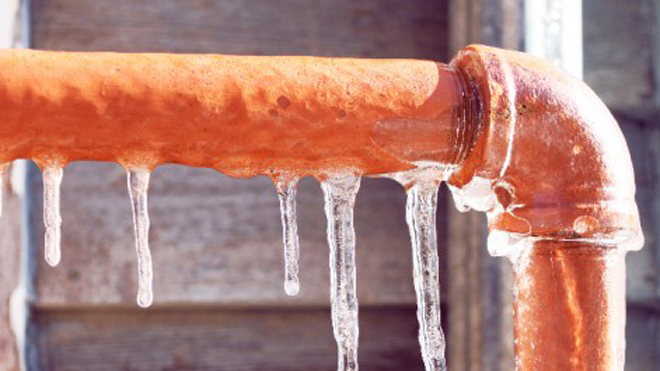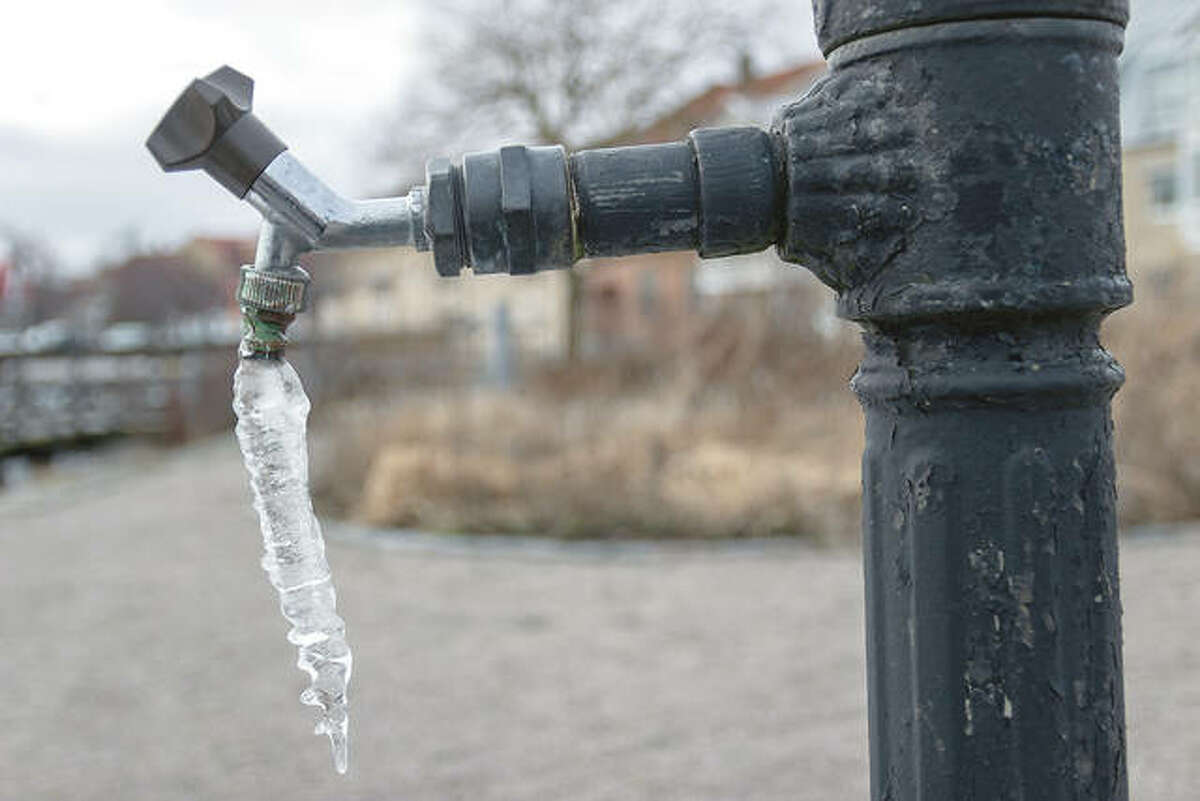Have you been on the lookout for advice on How to prepare your home plumbing for winter weather?

Winter can ruin your plumbing, especially by freezing pipes. Here's how to stop it from occurring and what to do if it does.
Intro
As temperature levels drop, the risk of frozen pipelines rises, possibly leading to expensive repair work and water damages. Understanding how to prevent frozen pipes is essential for home owners in cold environments.
Comprehending Frozen Pipelines
What causes pipes to ice up?
Pipelines ice up when revealed to temperature levels below 32 ° F (0 ° C) for prolonged durations. As water inside the pipes ices up, it increases, taxing the pipe wall surfaces and possibly causing them to burst.
Risks and damages
Frozen pipelines can result in water interruptions, building damages, and costly repair services. Burst pipelines can flood homes and trigger extensive structural damages.
Indicators of Frozen Piping
Identifying icy pipes early can avoid them from bursting.
Just how to identify frozen pipelines
Look for reduced water flow from taps, uncommon smells or sounds from pipelines, and noticeable frost on revealed pipes.
Prevention Tips
Protecting prone pipes
Cover pipes in insulation sleeves or use warm tape to shield them from freezing temperature levels. Focus on pipes in unheated or external areas of the home.
Home heating strategies
Maintain interior rooms appropriately warmed, particularly locations with plumbing. Open up closet doors to permit cozy air to circulate around pipelines under sinks.
Shielding Outdoor Plumbing
Garden hoses and outdoor taps
Detach and drain garden hose pipes prior to winter season. Install frost-proof spigots or cover outdoor faucets with protected caps.
What to Do If Your Pipes Freeze
Immediate activities to take
If you presume frozen pipelines, keep faucets open to alleviate stress as the ice thaws. Use a hairdryer or towels taken in hot water to thaw pipelines gradually.
Long-Term Solutions
Architectural changes
Think about rerouting pipes away from exterior walls or unheated locations. Include added insulation to attic rooms, cellars, and crawl spaces.
Upgrading insulation
Buy top quality insulation for pipelines, attic rooms, and wall surfaces. Correct insulation aids preserve constant temperature levels and decreases the risk of icy pipelines.
Verdict
Stopping icy pipelines needs aggressive steps and quick feedbacks. By recognizing the causes, signs, and safety nets, property owners can shield their pipes throughout winter.
5 Ways to Prevent Frozen Pipes
Drain Outdoor Faucets and Disconnect Hoses
First, close the shut-off valve that controls the flow of water in the pipe to your outdoor faucet. Then, head outside to disconnect and drain your hose and open the outdoor faucet to allow the water to completely drain out of the line. Turn off the faucet when done. Finally, head back to the shut-off valve and drain the remaining water inside the pipe into a bucket or container. Additionally, if you have a home irrigation system, you should consider hiring an expert to clear the system of water each year.
Insulate Pipes
One of the best and most cost-effective methods for preventing frozen water pipes is to wrap your pipes with insulation. This is especially important for areas in your home that aren’t exposed to heat, such as an attic. We suggest using foam sleeves, which can typically be found at your local hardware store.
Keep Heat Running at 65
Your pipes are located inside your walls, and the temperature there is much colder than the rest of the house. To prevent your pipes from freezing, The Insurance Information Institute suggests that you keep your home heated to at least 65 degrees, even when traveling. You may want to invest in smart devices that can keep an eye on the temperature in your home while you’re away.
Leave Water Dripping
Moving water — even a small trickle — can prevent ice from forming inside your pipes. When freezing temps are imminent, start a drip of water from all faucets that serve exposed pipes. Leaving a few faucets running will also help relieve pressure inside the pipes and help prevent a rupture if the water inside freezes.
Open Cupboard Doors
Warm your kitchen and bathroom pipes by opening cupboards and vanities. You should also leave your interior doors ajar to help warm air circulate evenly throughout your home.

Do you enjoy more info about How to prepare your home plumbing for winter weather? Try to leave a remark directly below. We would be delighted to see your suggestions about this piece. We are looking forward that you come back again in the future. Liked our write up? Please quickly share it. Help someone else check it out. I value your readership.
Schedule Today!